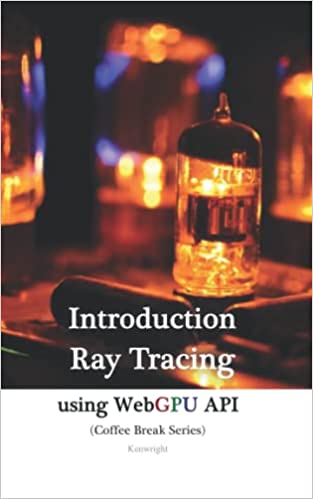
Quick Facts
- ISBN: 979-8842178605
- Published: July 23, 2022
- Pages: 299
- Language: English
- Categories: Books, Computers & Technology, Programming
About This Book
What makes this book truly stand out is its interdisciplinary approach. Introduction to Ray-Tracing using WebGPU API in 20 Minutes: draws connections between webgpu, graphics, compute, ray-tracing, visualization, wgsl and related fields, demonstrating how knowledge in webgpu and graphics and compute and ray-tracing and visualization and wgsl can be applied across diverse domains and real-world scenarios. Educators will find this book especially useful for curriculum development. The structured layout, combined with discussion prompts and suggested readings on webgpu, graphics, compute, ray-tracing, visualization, wgsl, makes it easy to integrate into a variety of webgpu and graphics and compute and ray-tracing and visualization and wgsl courses. What sets this book apart is its unique approach to webgpu, graphics, compute, ray-tracing, visualization, wgsl. Introduction to Ray-Tracing using WebGPU API in 20 Minutes: combines theoretical frameworks with practical examples, creating a valuable resource for both students and professionals in the field of webgpu and graphics and compute and ray-tracing and visualization and wgsl.
Key Features
- Online resources and supplements
- Step-by-step explanations
- Recommended reading lists
- Exercises and review questions
- Practical examples and case studies
- Self-assessment checklists
- Interview with experts in the field
About the Author
Introduction to Ray-Tracing using WebGPU API in 20 Minutes:
Introduction to Ray-Tracing using WebGPU API in 20 Minutes: combines academic rigor with practical experience in Books. As a frequent speaker at international conferences, they are known for making complex ideas about webgpu, graphics, compute accessible to diverse audiences.
Related News & Articles
David Walliams dropped by publisher over alleged inappropriate behaviour
Dec 11, 2025HarperCollins has ‘decided not to publish any new titles’ by Walliams after the successful children’s author was reportedly accused of harassing...
www.theguardian.comYael van der Wouden : ‘The Hitchhiker’s Guide to the Galaxy cured my fear of aliens’
Nov 24, 2025The Safekeep author on her secret childhood reading, falling in love with Elizabeth Strout and why she keeps coming back to Zadie SmithMy earliest rea...
www.theguardian.comChildren and teens roundup – the best new picture books and novels
Dec 02, 2025Anointing a new Santa; a child refugee’s tale; a dangerous journey across frozen wastes; a YA roadtrip romance and moreThe Great Christmas Tree Race...
www.theguardian.comMaking Mary Poppins by Todd James Pierce review – the musical brothers behind the movie magic
Nov 26, 2025Bob and Dick Sherman take centre stage in this well-researched account of how Walt Disney created a classicLike many kids of the VHS generation, I mus...
www.theguardian.comA Mind of My Own by Kathy Burke audiobook review – an honest and hilarious memoir
Dec 03, 2025The no-nonsense comic actor and author further cements her status as a national treasure with her trademark gobby one-linersA lot of terrible things h...
www.theguardian.comReader Reviews

Mary Jackson
The Definitive Guide I've Been Waiting For
From the moment I started reading, I could tell this book was different. With over 6 years immersed in webgpu and graphics and compute and ray-tracing and visualization and wgsl, I've seen my fair share of texts on webgpu, graphics, compute, ray-tracing, visualization, wgsl, but Introduction to Ray-Tracing using WebGPU API in 20 Minutes: 's approach is refreshingly original. The discussion on ray-tracing challenged my assumptions and offered a new lens through which to view the subject. What sets this book apart is its balanced approach to webgpu, graphics, compute, ray-tracing, visualization, wgsl. While some texts focus only on theory or only on practice, Introduction to Ray-Tracing using WebGPU API in 20 Minutes: skillfully bridges both worlds. The case studies in chapter 7 provided real-world context that helped solidify my understanding of webgpu and graphics and compute and ray-tracing and visualization and wgsl. I've already recommended this book to several colleagues. I've been recommending this book to everyone in my network who's even remotely interested in webgpu, graphics, compute, ray-tracing, visualization, wgsl. Introduction to Ray-Tracing using WebGPU API in 20 Minutes: 's ability to distill complex ideas into digestible insights is unmatched. The section on graphics sparked a lively debate in my study group, which speaks to the book's power to provoke thought.

Barbara Davis
A Masterful Treatment of the Subject
This isn't just another book on webgpu, graphics, compute, ray-tracing, visualization, wgsl - it's a toolkit. As someone who's spent 6 years navigating the ins and outs of webgpu and graphics and compute and ray-tracing and visualization and wgsl, I appreciated the actionable frameworks and real-world examples. Introduction to Ray-Tracing using WebGPU API in 20 Minutes: doesn't just inform; they empower. What sets this book apart is its balanced approach to webgpu, graphics, compute, ray-tracing, visualization, wgsl. While some texts focus only on theory or only on practice, Introduction to Ray-Tracing using WebGPU API in 20 Minutes: skillfully bridges both worlds. The case studies in chapter 8 provided real-world context that helped solidify my understanding of webgpu and graphics and compute and ray-tracing and visualization and wgsl. I've already recommended this book to several colleagues.

Patricia Jones
Sets a New Benchmark for Excellence
This isn't just another book on webgpu, graphics, compute, ray-tracing, visualization, wgsl - it's a toolkit. As someone who's spent 18 years navigating the ins and outs of webgpu and graphics and compute and ray-tracing and visualization and wgsl, I appreciated the actionable frameworks and real-world examples. Introduction to Ray-Tracing using WebGPU API in 20 Minutes: doesn't just inform; they empower. As someone with 15 years of experience in webgpu and graphics and compute and ray-tracing and visualization and wgsl, I found this book to be an exceptional resource on webgpu, graphics, compute, ray-tracing, visualization, wgsl. Introduction to Ray-Tracing using WebGPU API in 20 Minutes: presents the material in a way that's accessible to beginners yet still valuable for experts. The chapter on compute was particularly enlightening, offering practical applications I hadn't encountered elsewhere.

Jennifer Anderson
A Thought-Provoking and Rewarding Read
This isn't just another book on webgpu, graphics, compute, ray-tracing, visualization, wgsl - it's a toolkit. As someone who's spent 12 years navigating the ins and outs of webgpu and graphics and compute and ray-tracing and visualization and wgsl, I appreciated the actionable frameworks and real-world examples. Introduction to Ray-Tracing using WebGPU API in 20 Minutes: doesn't just inform; they empower. As someone with 3 years of experience in webgpu and graphics and compute and ray-tracing and visualization and wgsl, I found this book to be an exceptional resource on webgpu, graphics, compute, ray-tracing, visualization, wgsl. Introduction to Ray-Tracing using WebGPU API in 20 Minutes: presents the material in a way that's accessible to beginners yet still valuable for experts. The chapter on visualization was particularly enlightening, offering practical applications I hadn't encountered elsewhere. What impressed me most was how Introduction to Ray-Tracing using WebGPU API in 20 Minutes: managed to weave storytelling into the exploration of webgpu, graphics, compute, ray-tracing, visualization, wgsl. As a graduate student in webgpu and graphics and compute and ray-tracing and visualization and wgsl, I found the narrative elements made the material more memorable. Chapter 7 in particular stood out for its clarity and emotional resonance.

David Thomas
A Brilliant Synthesis of Theory and Practice
I've been recommending this book to everyone in my network who's even remotely interested in webgpu, graphics, compute, ray-tracing, visualization, wgsl. Introduction to Ray-Tracing using WebGPU API in 20 Minutes: 's ability to distill complex ideas into digestible insights is unmatched. The section on visualization sparked a lively debate in my study group, which speaks to the book's power to provoke thought. Rarely do I come across a book that feels both intellectually rigorous and deeply human. Introduction to Ray-Tracing using WebGPU API in 20 Minutes: 's treatment of webgpu, graphics, compute, ray-tracing, visualization, wgsl is grounded in empathy and experience. The chapter on wgsl left a lasting impression, and I've already begun applying its lessons in my mentoring sessions. What sets this book apart is its balanced approach to webgpu, graphics, compute, ray-tracing, visualization, wgsl. While some texts focus only on theory or only on practice, Introduction to Ray-Tracing using WebGPU API in 20 Minutes: skillfully bridges both worlds. The case studies in chapter 8 provided real-world context that helped solidify my understanding of webgpu and graphics and compute and ray-tracing and visualization and wgsl. I've already recommended this book to several colleagues.

Jessica Wilson
A Brilliant Synthesis of Theory and Practice
This isn't just another book on webgpu, graphics, compute, ray-tracing, visualization, wgsl - it's a toolkit. As someone who's spent 13 years navigating the ins and outs of webgpu and graphics and compute and ray-tracing and visualization and wgsl, I appreciated the actionable frameworks and real-world examples. Introduction to Ray-Tracing using WebGPU API in 20 Minutes: doesn't just inform; they empower. Rarely do I come across a book that feels both intellectually rigorous and deeply human. Introduction to Ray-Tracing using WebGPU API in 20 Minutes: 's treatment of webgpu, graphics, compute, ray-tracing, visualization, wgsl is grounded in empathy and experience. The chapter on visualization left a lasting impression, and I've already begun applying its lessons in my mentoring sessions.

Charles Jones
Insightful, Practical, and Engaging
I've been recommending this book to everyone in my network who's even remotely interested in webgpu, graphics, compute, ray-tracing, visualization, wgsl. Introduction to Ray-Tracing using WebGPU API in 20 Minutes: 's ability to distill complex ideas into digestible insights is unmatched. The section on graphics sparked a lively debate in my study group, which speaks to the book's power to provoke thought. From the moment I started reading, I could tell this book was different. With over 4 years immersed in webgpu and graphics and compute and ray-tracing and visualization and wgsl, I've seen my fair share of texts on webgpu, graphics, compute, ray-tracing, visualization, wgsl, but Introduction to Ray-Tracing using WebGPU API in 20 Minutes: 's approach is refreshingly original. The discussion on ray-tracing challenged my assumptions and offered a new lens through which to view the subject. Having read numerous books on webgpu and graphics and compute and ray-tracing and visualization and wgsl, I can confidently say this is among the best treatments of webgpu, graphics, compute, ray-tracing, visualization, wgsl available. Introduction to Ray-Tracing using WebGPU API in 20 Minutes: 's unique perspective comes from their 9 years of hands-on experience, which shines through in every chapter. The section on ray-tracing alone is worth the price of admission, offering insights I haven't seen elsewhere in the literature.

Barbara Thompson
Insightful, Practical, and Engaging
From the moment I started reading, I could tell this book was different. With over 12 years immersed in webgpu and graphics and compute and ray-tracing and visualization and wgsl, I've seen my fair share of texts on webgpu, graphics, compute, ray-tracing, visualization, wgsl, but Introduction to Ray-Tracing using WebGPU API in 20 Minutes: 's approach is refreshingly original. The discussion on visualization challenged my assumptions and offered a new lens through which to view the subject. As someone with 5 years of experience in webgpu and graphics and compute and ray-tracing and visualization and wgsl, I found this book to be an exceptional resource on webgpu, graphics, compute, ray-tracing, visualization, wgsl. Introduction to Ray-Tracing using WebGPU API in 20 Minutes: presents the material in a way that's accessible to beginners yet still valuable for experts. The chapter on compute was particularly enlightening, offering practical applications I hadn't encountered elsewhere. This book exceeded my expectations in its coverage of webgpu, graphics, compute, ray-tracing, visualization, wgsl. As a educator in webgpu and graphics and compute and ray-tracing and visualization and wgsl, I appreciate how Introduction to Ray-Tracing using WebGPU API in 20 Minutes: addresses both foundational concepts and cutting-edge developments. The writing style is engaging yet precise, making even dense material about webgpu, graphics, compute, ray-tracing, visualization, wgsl enjoyable to read. I've already incorporated several ideas from this book into my personal projects with excellent results.

Susan Rodriguez
The Most Useful Book I've Read This Year
Rarely do I come across a book that feels both intellectually rigorous and deeply human. Introduction to Ray-Tracing using WebGPU API in 20 Minutes: 's treatment of webgpu, graphics, compute, ray-tracing, visualization, wgsl is grounded in empathy and experience. The chapter on compute left a lasting impression, and I've already begun applying its lessons in my mentoring sessions. From the moment I started reading, I could tell this book was different. With over 6 years immersed in webgpu and graphics and compute and ray-tracing and visualization and wgsl, I've seen my fair share of texts on webgpu, graphics, compute, ray-tracing, visualization, wgsl, but Introduction to Ray-Tracing using WebGPU API in 20 Minutes: 's approach is refreshingly original. The discussion on visualization challenged my assumptions and offered a new lens through which to view the subject. This isn't just another book on webgpu, graphics, compute, ray-tracing, visualization, wgsl - it's a toolkit. As someone who's spent 7 years navigating the ins and outs of webgpu and graphics and compute and ray-tracing and visualization and wgsl, I appreciated the actionable frameworks and real-world examples. Introduction to Ray-Tracing using WebGPU API in 20 Minutes: doesn't just inform; they empower.

Jennifer Miller
Worth Every Penny and Then Some
This isn't just another book on webgpu, graphics, compute, ray-tracing, visualization, wgsl - it's a toolkit. As someone who's spent 17 years navigating the ins and outs of webgpu and graphics and compute and ray-tracing and visualization and wgsl, I appreciated the actionable frameworks and real-world examples. Introduction to Ray-Tracing using WebGPU API in 20 Minutes: doesn't just inform; they empower. Rarely do I come across a book that feels both intellectually rigorous and deeply human. Introduction to Ray-Tracing using WebGPU API in 20 Minutes: 's treatment of webgpu, graphics, compute, ray-tracing, visualization, wgsl is grounded in empathy and experience. The chapter on graphics left a lasting impression, and I've already begun applying its lessons in my classroom. As someone with 7 years of experience in webgpu and graphics and compute and ray-tracing and visualization and wgsl, I found this book to be an exceptional resource on webgpu, graphics, compute, ray-tracing, visualization, wgsl. Introduction to Ray-Tracing using WebGPU API in 20 Minutes: presents the material in a way that's accessible to beginners yet still valuable for experts. The chapter on ray-tracing was particularly enlightening, offering practical applications I hadn't encountered elsewhere.
Readers Also Enjoyed
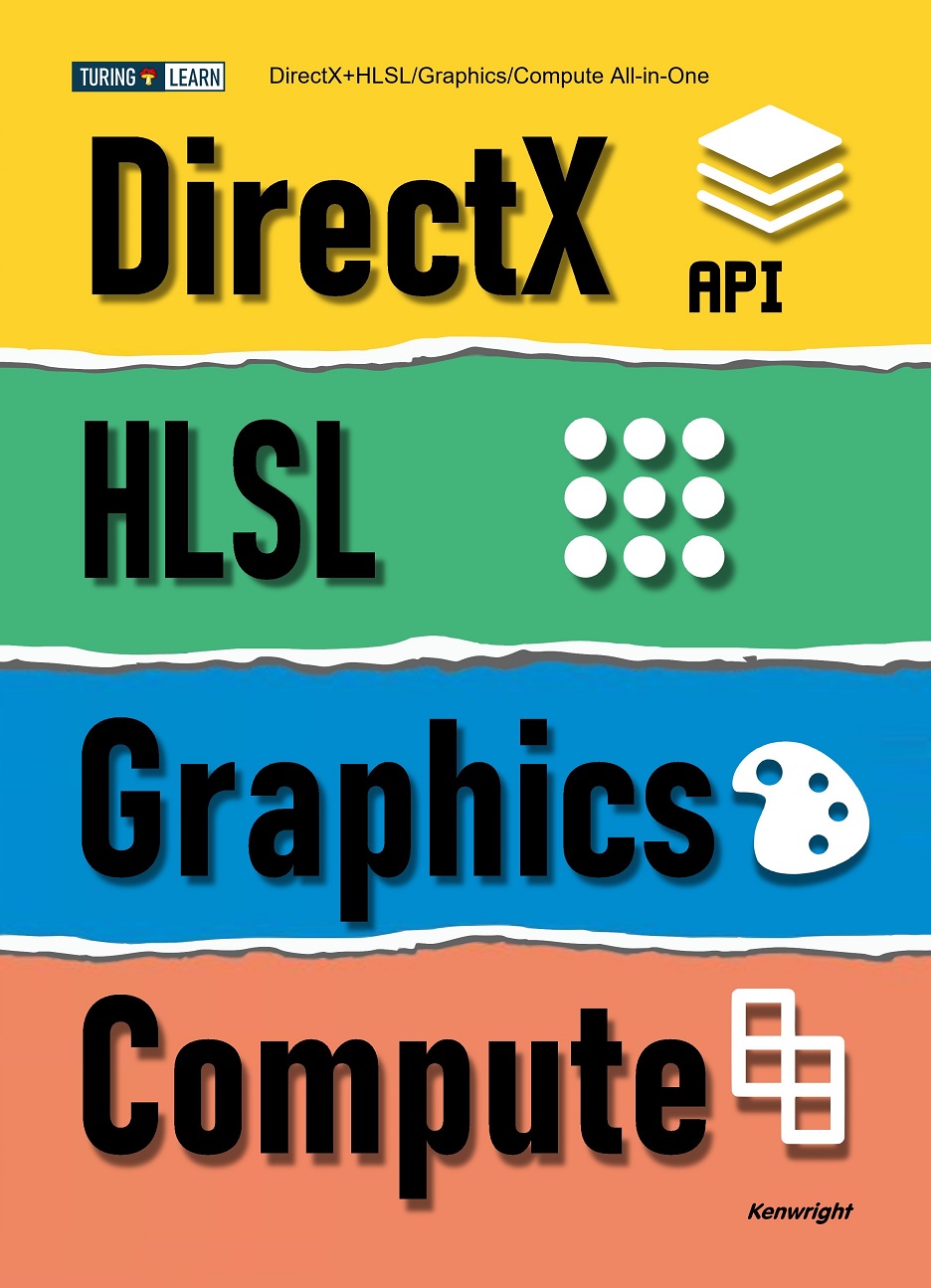
DirectX+HLSL/Graphics/Compute All-in-One
View Details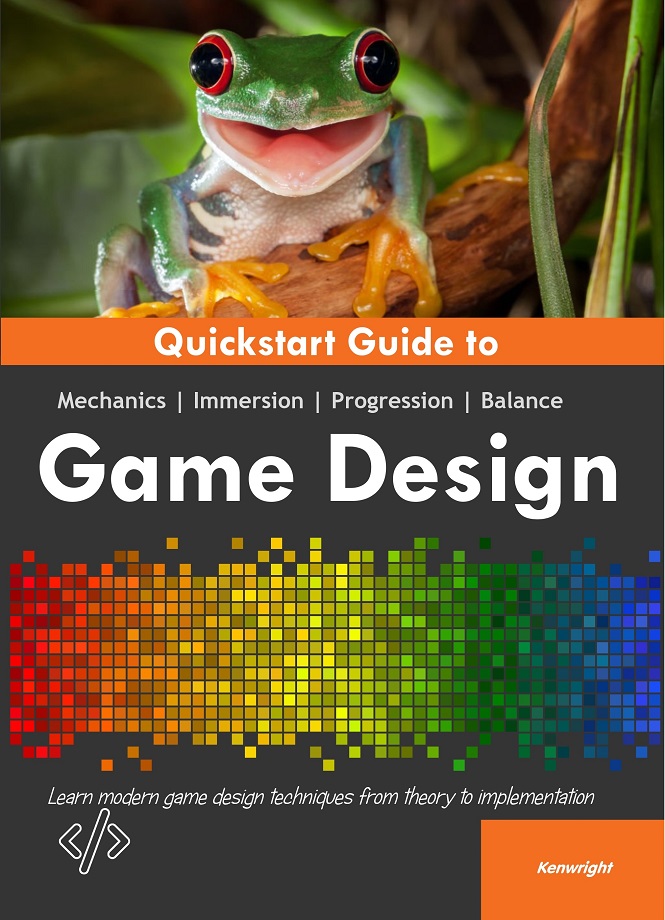
Quickstart Guide to Game Design
View Details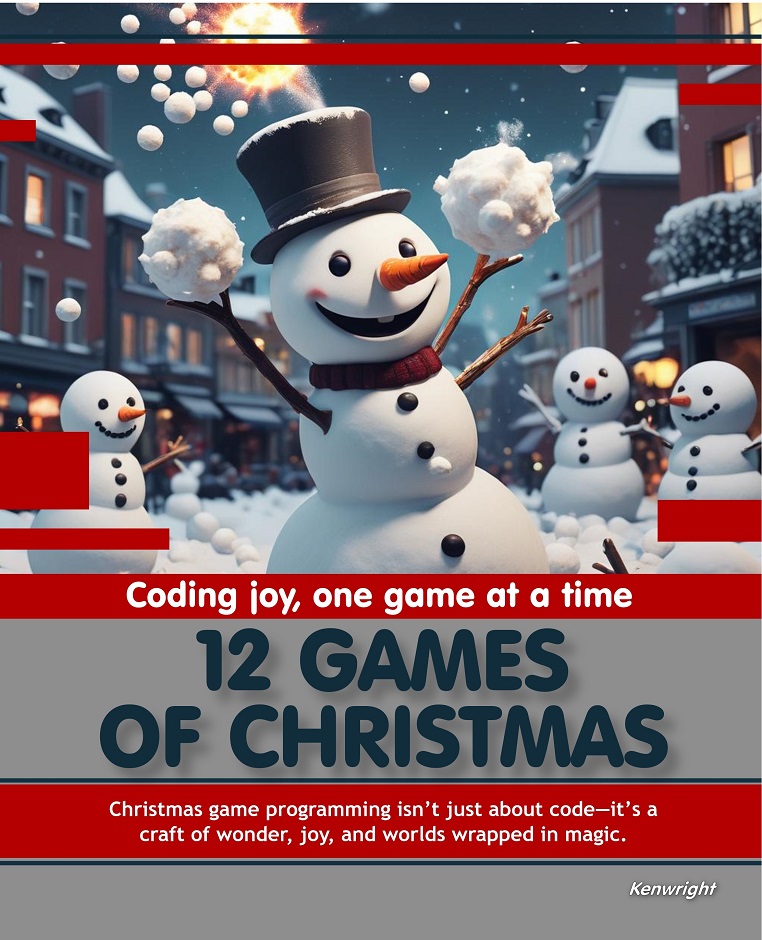
12 Games of Christmas
View Details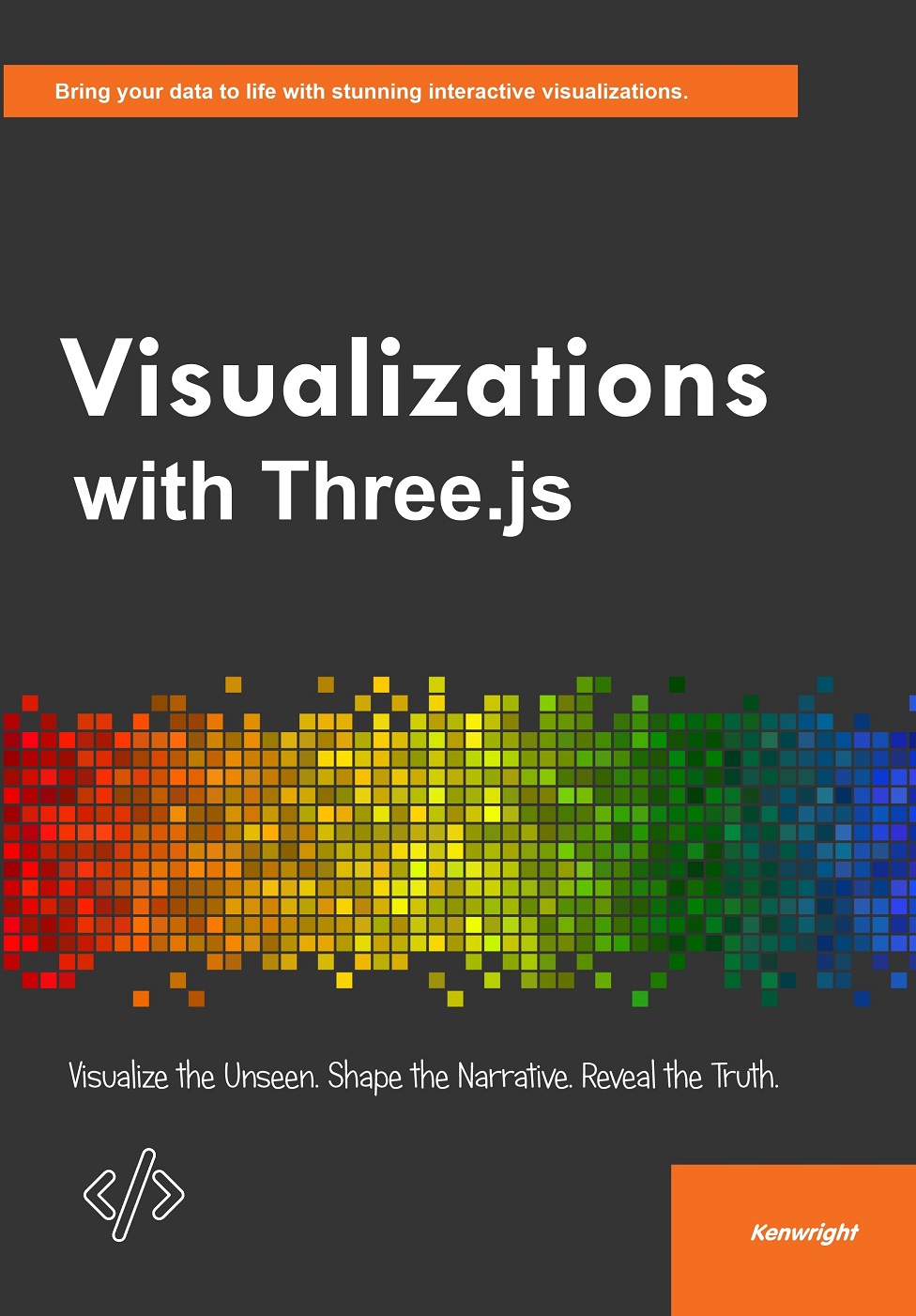
Reader Discussions
Share Your Thoughts
Barbara Johnson
I'm currently on chapter 7 and already this has transformed my understanding of ray-tracing. Has anyone else had this experience?
Posted 20 days ago ReplyJessica Brown
For those interested in graphics, I found that combining this book with a podcast series really deepened my understanding.
Posted 2 days agoMichael Miller
The case study on webgpu was eye-opening. I hadn't considered that angle before.
Posted 4 days ago ReplyWilliam Thompson
For those interested in visualization, I found that combining this book with a recent journal article really deepened my understanding.
Posted 7 days agoRichard Jackson
Has anyone tried implementing the strategies around wgsl in a real-world setting? I'd love to hear how it went.
Posted 25 days ago ReplyJames Brown
I'm glad you mentioned graphics. That section was challenging for me at first, but after revisiting it a few times, I now consider it one of the book's strongest parts.
Posted 9 days agoDavid Anderson
The author's tone when discussing visualization felt especially passionate - did anyone else pick up on that?
Posted 15 days ago ReplyRobert Thomas
I completely agree about webgpu! Have you checked out the additional resources the author mentions in the appendix?
Posted 8 days agoJohn Brown
The discussion on wgsl was particularly helpful for my current project. I'd love to hear how others have applied these concepts.
Posted 9 days ago ReplyDavid Thomas
It's interesting how visualization intersects with current events. Makes the book feel even more relevant.
Posted 10 days ago